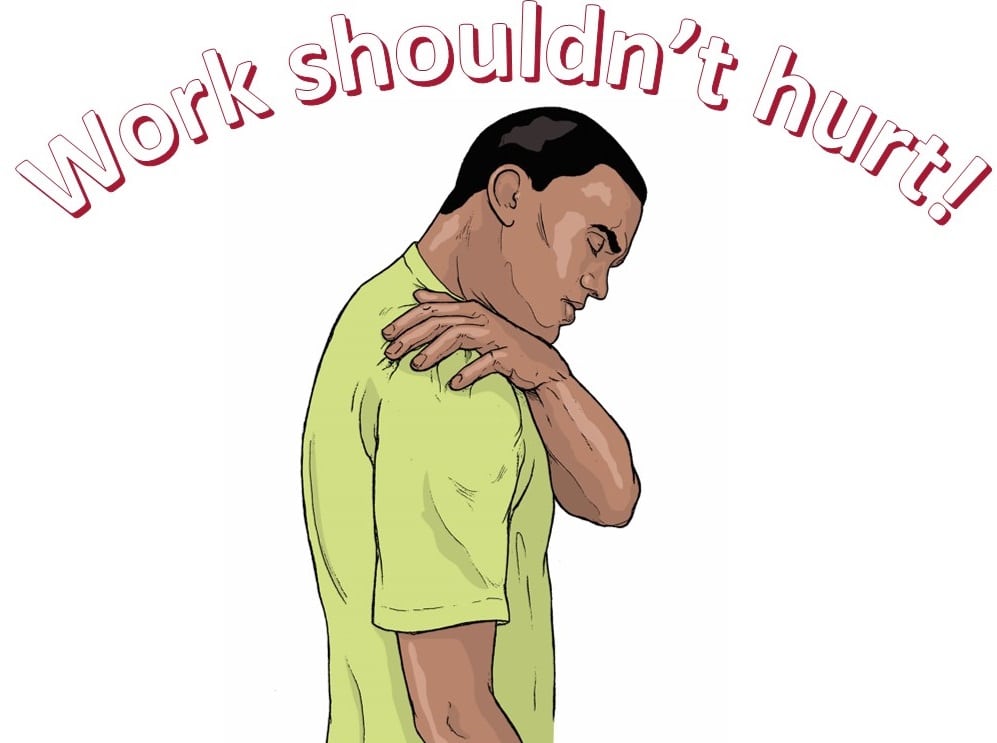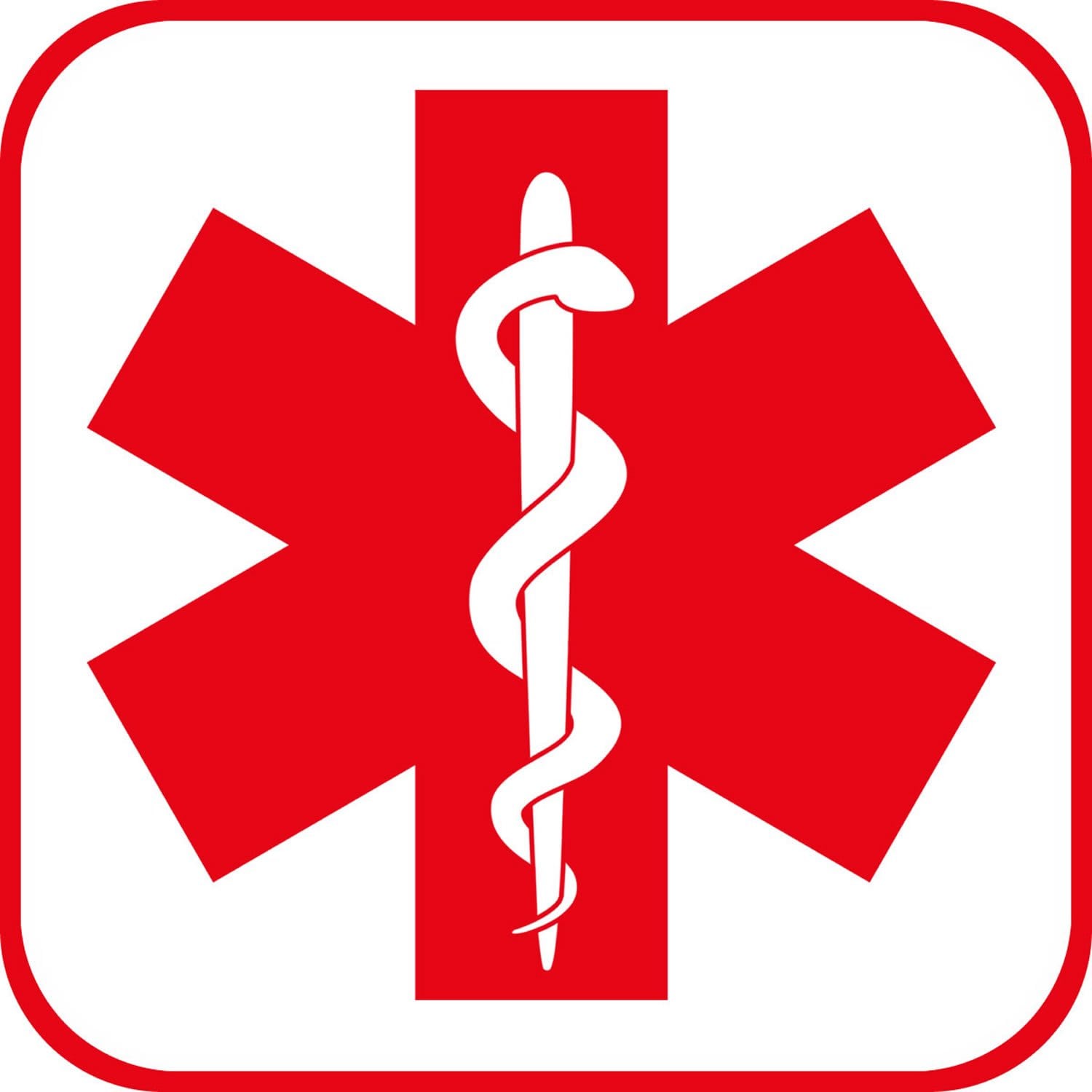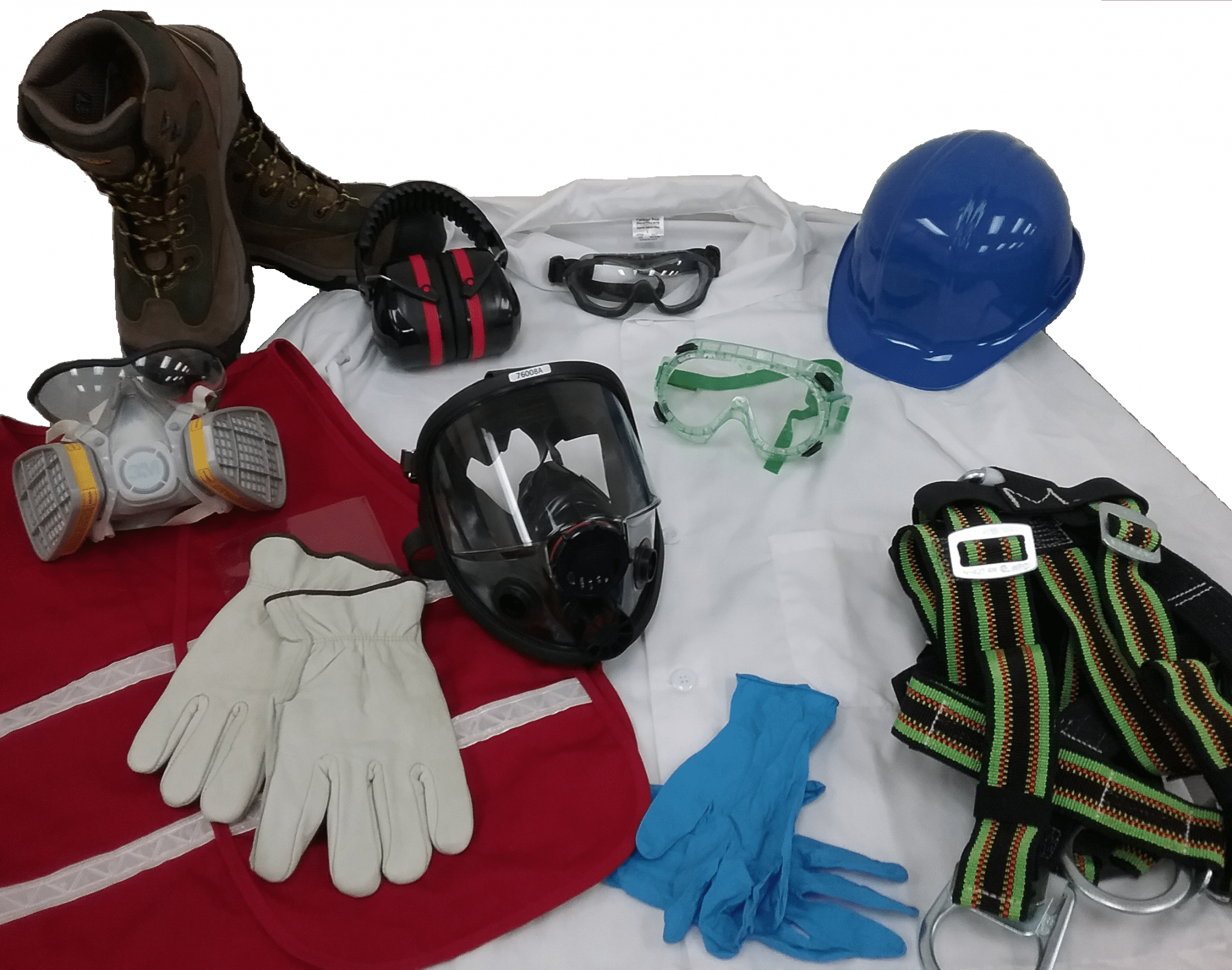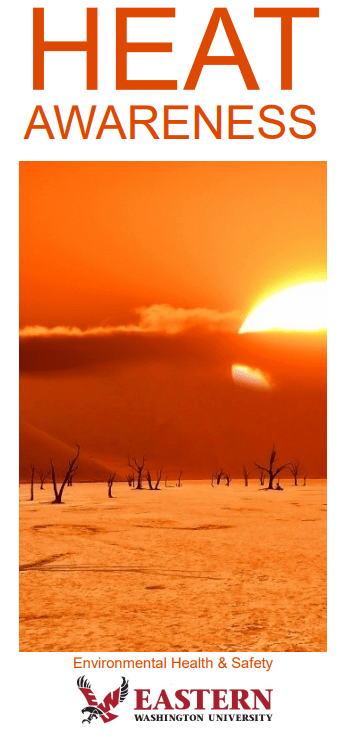The goal of the Occupational Health & Safety Program is to foster a safe work environment and to protect employees from hazardous work environments. The Accident Prevention Program is designed to address identification of hazards and how EWU deals with them.
Individuals are responsible for:
- Being familiar with and following safe practices that apply to their position.
- Recognizing and correcting any hazardous conditions or proactices.
- Promptly reporting work related injuries and illnesses.
- Not interfering with the use of any safeguards or work practices used to prevent individuals from injury.
- Insuring that all necessary safety equipment and protective devices are in proper working order and used when required.
EH&S will investigate and provide recommendations to correct unsafe work practices and environments.
Please submit an Incident Report if something has already occurred or an EH&S Service Request if something is amiss.
Ergonomics
Ergonomics is the science of designing the job, equipment, and workplace to fit the worker. EH&S can assess work-related factors that may pose a risk of musculoskeletal disorders or cumulative stress injury and provide recommendations to alleviate them.
Industrial Hygiene
Industrial hygiene is the science and art devoted to the anticipation, recognition, evaluation, and control of those environmental factors or stresses arising in or from the workplace, which may cause sickness, impaired health and well-being, or significant discomfort among workers or among the citizens of the community.
New Employee Safety Information
New employees are the most likely to be injured at work because they are unfamiliar with the safety procedures and practices. This page provides a brief orientation to safety at Eastern.
Occupational Medicine
Participation in the Occupational Medical Monitoring Program may be required for individuals whose job involves:
- Medium to heavy work activity and stamina
- Work with specific hazardous chemicals, substances, and/or materials
- Use of a respirator
- A commercial drivers license
- Exposure to loud noises
- Contact with animals
Personal Protective Equipment
Personal protective equipment (PPE) is the last line of defense between a person and the hazards they work with/near.
PPE is equipment or devices that protect the body from hazards and harmful conditions that could result in injury, illness, or death.
Health & Safety Tips
Extreme Temperatures
Both high and low temperatures can make working outside dangerous take a look at the videos below for some warning signs and tips for working outside when it's hot or cold.
EWU has an Outdoor Heat Exposure program for employees who work outside between May 1st and September 30th. It has information about heat-related illnesses and what to do to prevent them. Anyone who works outside during these months, and their supervisors, are required to attend an annual Heat Exposure Training.







